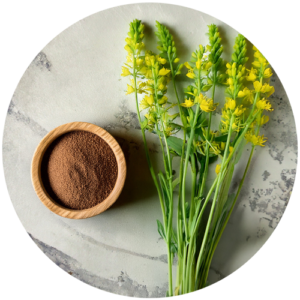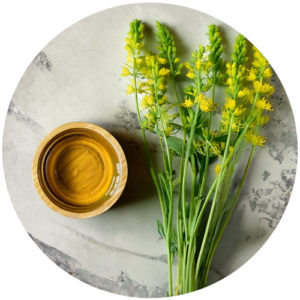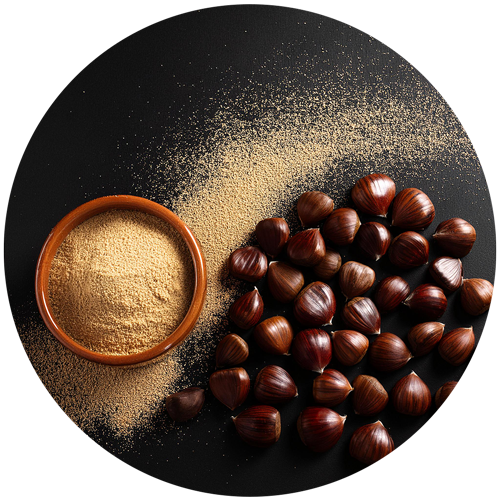Europe
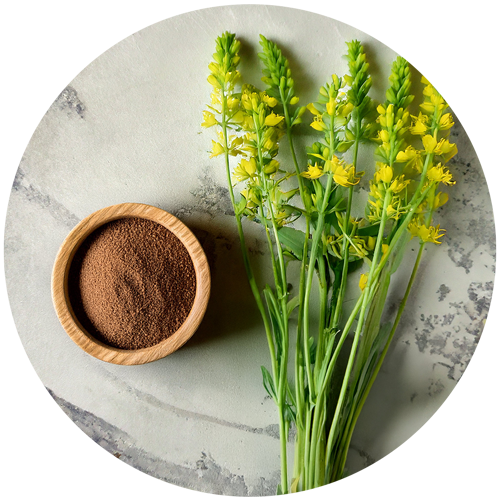

SWEET CLOVER
Melilotus officinalis Pallas Digestion
Digestion  Circulation
Circulation  Anti-stress
Anti-stress Sweet clover, Melilotus officinalis, rich in coumarins and flavonoids, supports circulatory and digestive comfort, while its antioxidant properties help protect cells.
Our references
Regulations
and analysis
Identification : TLC
Data on traditional use
Cahier de l’agence du Médicament (France) :
- Traditionally used for blood circulation (in small vessels in the skin)
- Traditionally used to reduce the sensation of heavy legs
- Traditionally used to aid digestion
- Traditionally used to soothe abdominal pain of digestive origin.
- Traditionally used to reduce nervousness in adults and children, particularly for sleep disorders.
EMA monograph :
- Traditionally used to relieve leg discomfort and heaviness.
German monograph :
- Used for venous circulation
Association ideas by health benefice
Select one or more axes:
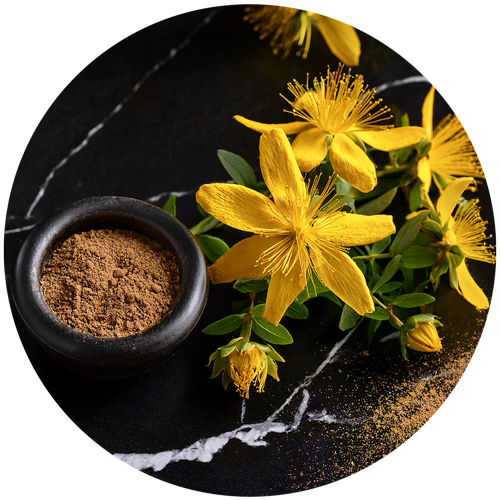
ST. JOHN’S WORT
Hypericum perforatum L.
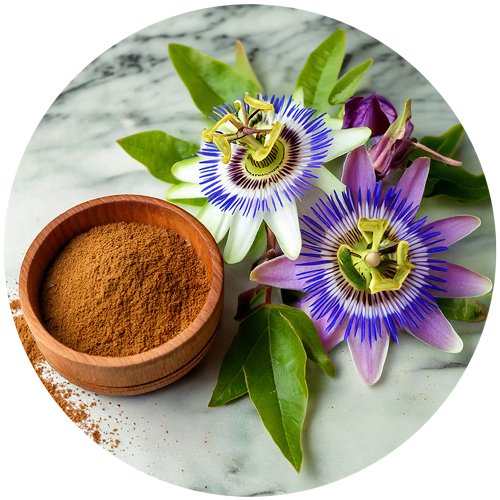
PASSIONFLOWER
Passiflora incarnata L.
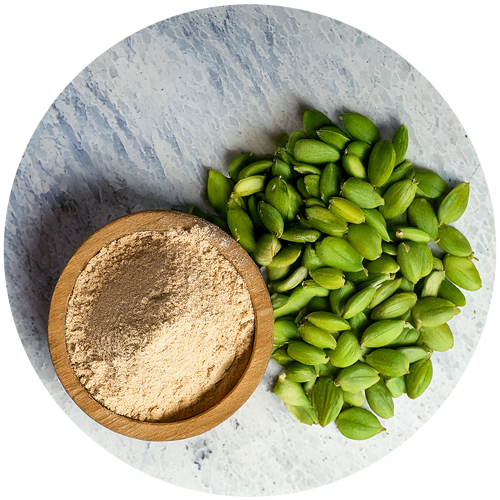
GRIFFONIA
Griffonia simplicifolia (DC) Baill.
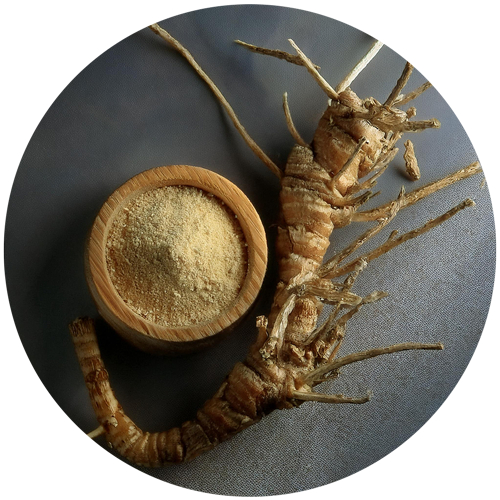
BUTCHER’S BROOM
Ruscus aculeatus L.
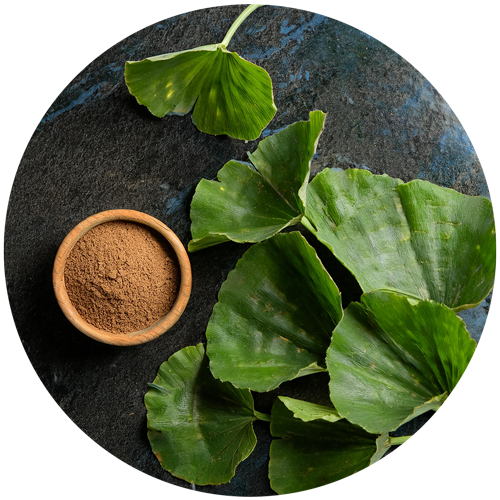
GOTU KOLA
Centella asiatica (L.) Urb.

BLACKCURRANT
Ribes nigrum L.
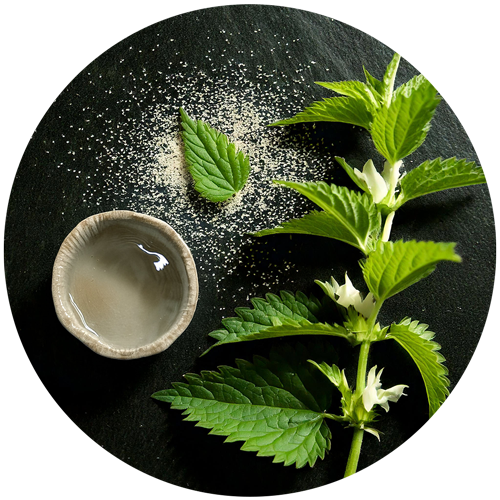
WHITE NETTLE
Lamium album L.
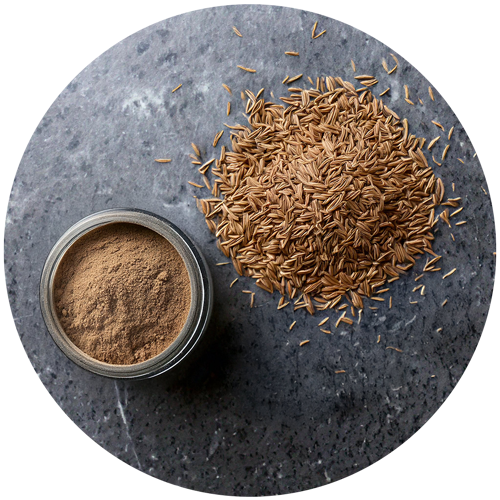
CARAWAY
Carum carvi L.
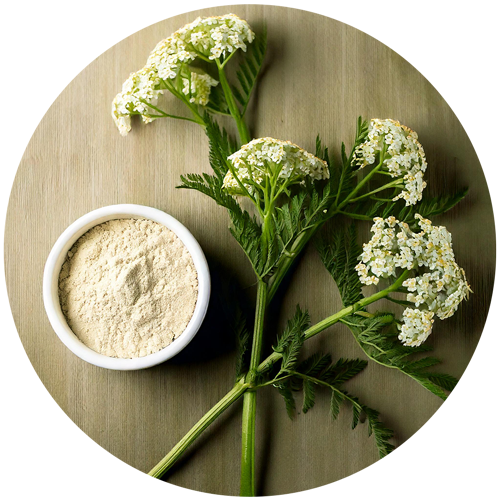
YARROW
Achillea millefolium
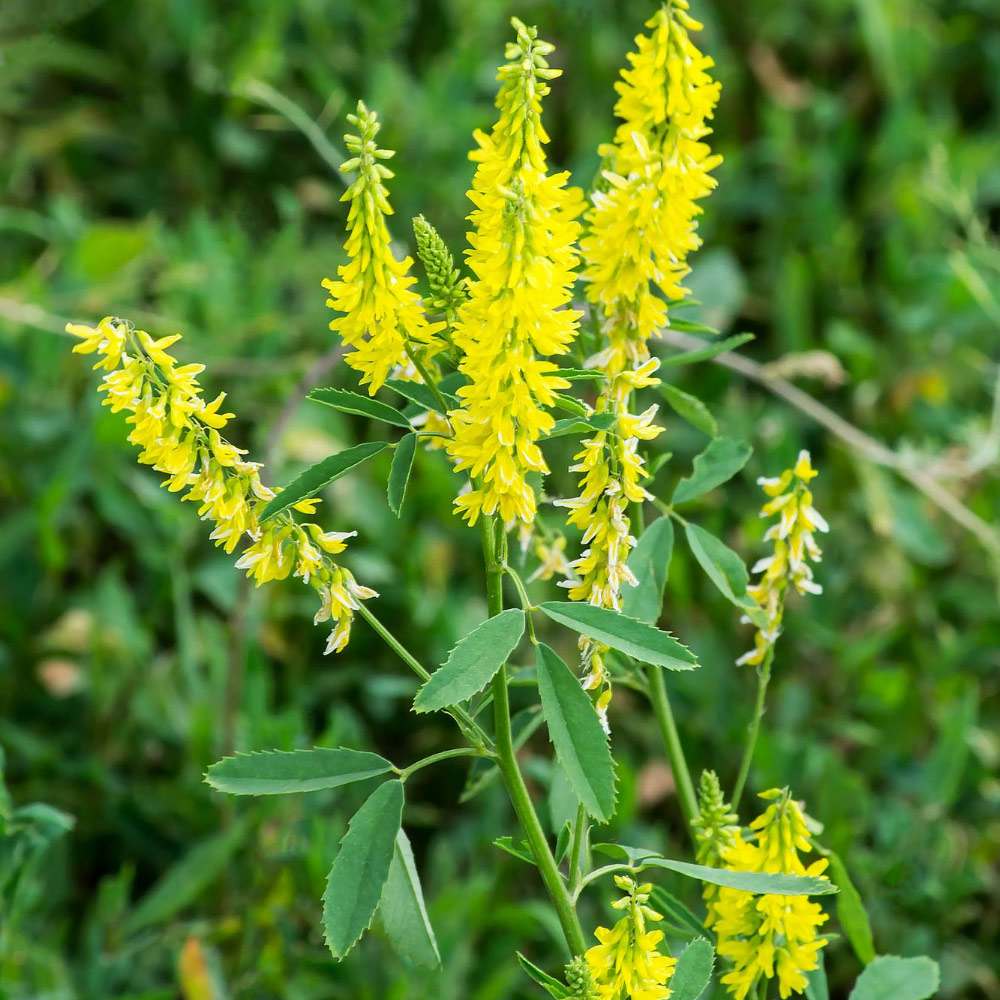
Detailed description
Sweet clover, Melilotus officinalis, a member of the Fabaceae family, is native to temperate regions of Europe and Asia. Its flowering tops are used in many phytotherapeutic traditions, notably for their contribution to circulatory and digestive well-being.
Sweet clover buds contain a variety of bioactive compounds, including coumarins (including coumarin and dicoumarol), flavonoids, phenolic acids and saponins. These compounds help protect cells against free radicals thanks to their antioxidant properties, and support natural metabolic balance mechanisms.
Traditionally, sweet clover is used to help relieve heavy legs and promote good venous circulation. It is also studied for its soothing role and effects on digestive health, as well as for its protective action at cellular level.
